How to grow chestnut from a nut
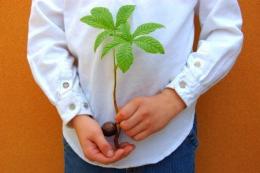
Probably everyone has admired the flowering of chestnuts at least once. Despite the fact that, in general, chestnut considered to come from warm countries, it grows successfully even in the North-West of Russia. The flowering of chestnut is very interesting - small pale flowers are collected in huge inflorescences that look like candles. The bright, juicy greenery of the chestnut during the flowering period is decorated with these candles. And many would probably like to plant chestnuts near the house, on their garden plot. How to grow chestnut from a nut?
Content:
An easy way to sprout nuts
The best option is if nature itself does it for you. Chestnut fruits, like large glossy beads, dressed in prickly green armor, falling to the ground, can, if no one collects them, remain overwintering in the leaves. Then in the spring, the nut itself will burst and a sprout will appear from it. If you are lucky and find a sprouted chestnut tree, all you have to do is replant it.
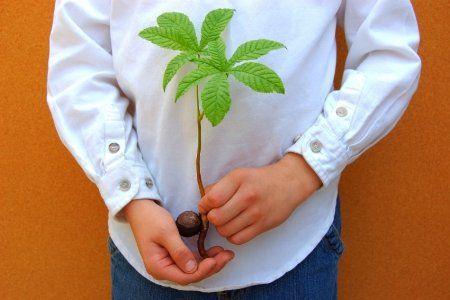
If you decide grow a chestnut tree from a nut yourself, then select several nuts that are strong, not rotten, from the fall, and arrange them for the winter either in a pot placed not in the room, but in a cool cellar, or dig it into the ground, covering it for the winter with spruce leaves and paws.
From my own experience, I know that it is best to grow small chestnuts at home for the first two years so that they grow and become stronger. Just don’t forget that chestnuts are deciduous trees and they need to spend the winter in a fairly cool place.
It is best to plant chestnuts in a permanent place in the spring, having previously prepared the soil - loamy without lime. Chestnuts easily tolerate shading, but in the early stages of their life they need sun and warmth.
Description of species and varieties
For our latitudes, American or scalloped chestnut and European or seed chestnut are suitable for cultivation. Both species are very tall (up to 35 m), but they can withstand temperatures as low as -27 degrees.
The American has brown bark, bare shoots with yellowing and numerous long lentils. The leaves are beautiful, large, sharp-toothed, slightly pubescent along the veins below. Male ears are long, up to 20 cm. Female flowers are collected at the base of the inflorescences, about 10 cm. The fruits with a pubescent tip are sweet and very nutritious. This breed also grows quickly (like the European), but is a little more demanding of light.
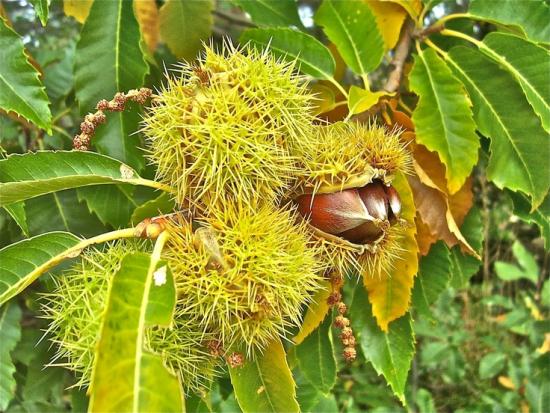
The European bark is also brown, and the shoots are ribbed, olive or reddish, with multiple glandular hairs along the entire length of the branch. The leaves are beautiful, lanceolate or oblong-elliptical, sickle-shaped, serrated; below are grayish or smoky with abundant hairs. Male inflorescences are dense, erect, spike-shaped, with bracts, up to 35 cm long. Female flowers are collected in short, few-flowered spikes. The fruits are edible, large, with a leathery, spiny pericarp with a wide whitish spot at the base.
In addition to edible chestnuts, they are popular in gardening and park construction. horse chestnut. This is a very beautiful tree with large, decorative, serrated leaves forming a dark dense crown with spectacular inflorescences. Unlike real chestnuts, they require loamy soil containing lime.The trees are moisture-loving and do not require maintenance, as they are resistant to diseases and pests. They tolerate urban gas pollution well and are frost-resistant. They grow slowly (in the first ten years).
Horse chestnuts come in different colors and flower shapes. Horse chestnut has yellow flowers with eight stamens. Horse chestnut has pink and dark red flowers in a meat-red hue. Pavia horse chestnut has bright red flowers. White flowers with pink specks in the common horse chestnut.
Design
In general, chestnuts are very beautiful deciduous trees with slender trunks and a round, regular crown shape. Their large, ornamental foliage is beautiful all season - when the buds open, in the summer and in the fall, when they acquire a yellow color.
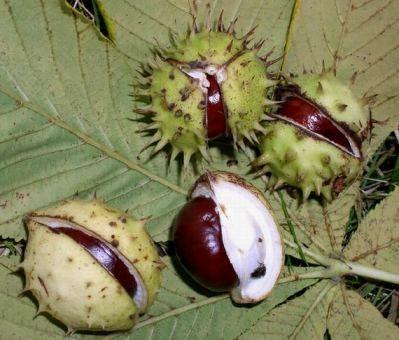
Chestnuts are very impressive in single plantings and live a long time. In home gardening, they are planted in open areas, beautifully shading the recreation area. Usually, a tree trunk circle is not left or dug up. It is planted with lawn grasses or a group of shade-tolerant perennials - astilbes, hostas, ferns, tiarella.
When the crown grows, benches, hammocks, and sun loungers are arranged under it. In general, this is a beautiful family tree, but you should not try to grow it on small plots, otherwise after several years you will have to say goodbye to it due to its vigorous growth, and this is a very unpleasant task for all family members. But since chestnuts are not very demanding when it comes to watering, they are often used for planting alleys along the area behind the fence.
Chestnuts are also good for park construction. They form alleys, arrays, and street group ensembles.Since the crop tolerates pruning well, with appropriate shaping it is possible to create high walls and hedges.
So, if you want to grow a chestnut from a nut, then place it in a cool room or refrigerator for the winter - stratification is needed for growth. Decide in advance which type and variety to choose, and where to place the future seedling. Good luck!


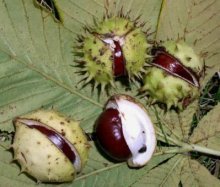

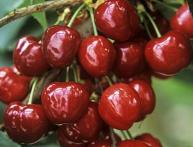

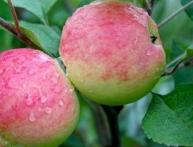
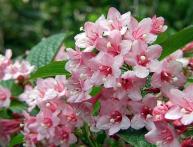
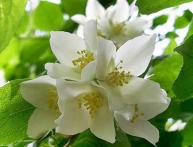
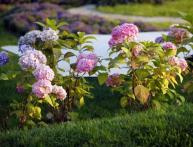
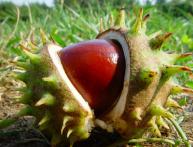
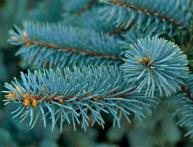
Comments
So should I plant them in the fall or can I plant them in the spring
It seems that growing a tree from a chestnut nut is not so difficult, but in reality everything is much more complicated.. In the chestnut garden in the park, I picked up whole nuts several times, not rotten, there was even one with a sprout, but the tree never turned out. .And I really want to grow such a tree in my garden..
I'll tell you about my experience in growing chestnuts. I tried to grow it in a pot many times, but it never worked out. But the fact is that it turns out that chestnut trees take more than a year to germinate. Moreover, we need a natural climate, not an artificial one.
In our small town, there are only a couple of chestnut trees growing, they bloom so beautifully, of course, it would be great to grow such beauty nearby, but how much time does it take?
I just love chestnut blossoms. I didn’t even imagine that it was quite possible to grow a chestnut tree on your own. I collect chestnuts periodically - I just used them for home decoration - and now I can grow my own chestnut tree. The recommendations are necessary and important - I will take them all into account.